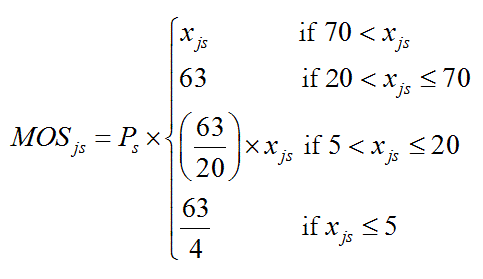- Surveys & Programs
- Data & Tools
- Fast Facts
- News & Events
- Publications & Products
- About Us
NAEP Technical DocumentationComputation of Measures of Size
There were five objectives underlying the process for determining the probability of selection for each school and for setting the number of students to be sampled within each selected school:
- to meet the target student sample size for each grade;
- to select an equal-probability sample of students;
- to limit the number of students selected from any one school;
- to ensure that the sample within a school does not include a very high percentage of the students in the school, unless all students are included; and
- to reduce the rate of sampling of small schools, in recognition of the greater cost and burden per student of conducting assessments in such schools.
The goal in determining the school's measure of size is to optimize across the last four objectives in terms of maintaining the precision of estimates and the cost effectiveness of the sample design. The following algorithm was used to assign a measure of size to each school based on its estimated grade-specific enrollment.
In the formulas below, xjs refers to the estimated grade enrollment for private school type j and school s and Ps is a primary sampling unit (PSU) weight associated with the private school universe (PSS) area sample.
The preliminary measures of size (MOS) were set as follows:
It follows that the final measure of size, Ejs, was defined as:
where uj is the maximum number of hits allowed.
The school's probability of selection πjs was given by:
One can choose a value of bj such that the expected overall student sample yield matches the desired targets specified by the design, where the expected yield is calculated by summing the product of an individual school’s probability and its student sample yield across all schools in the frame.
In addition, new and newly eligible Catholic schools were sampled from the new-school frame. The assigned measures of size for these schools,
,
used the bj and uj values from the main school sample for the grade and school type (i.e., the same sampling rates as for the main school sample). The variable πdjs is the probability of selection of the diocese into the new-school diocese (d) sample.
Last updated 16 January 2013 (PS)
